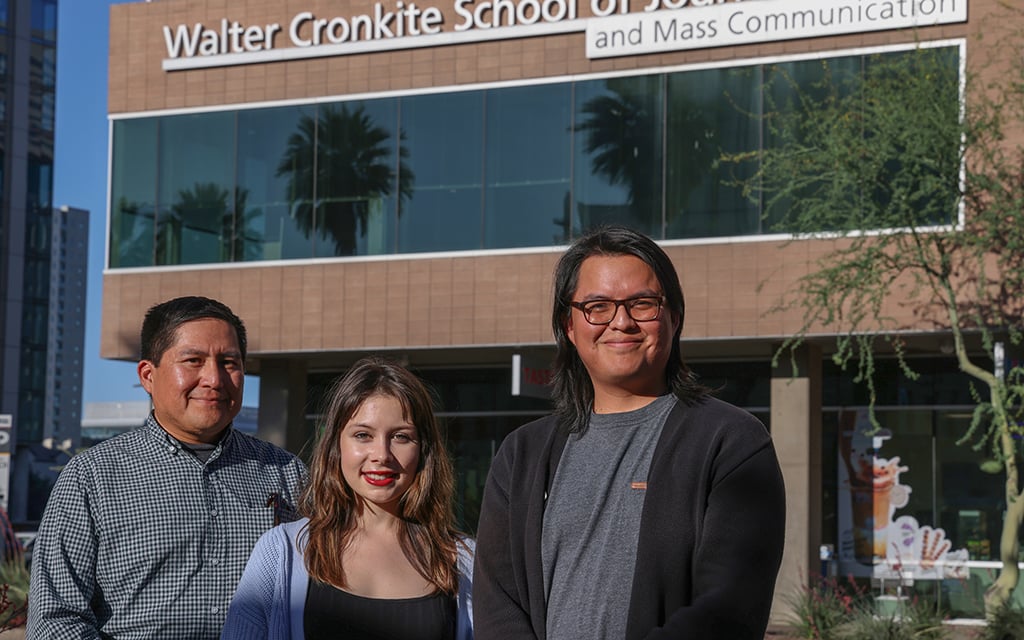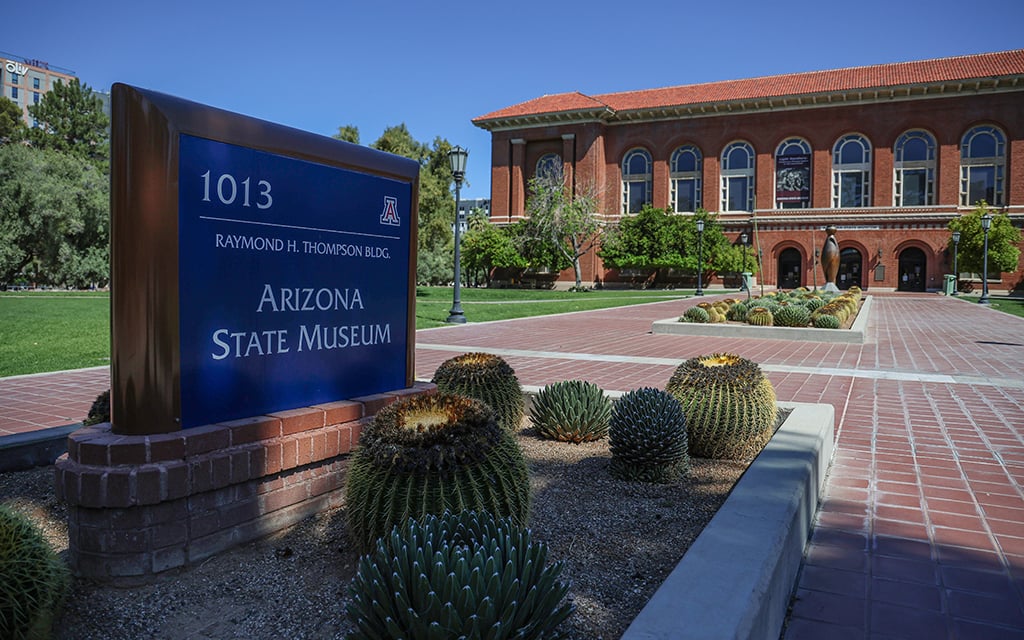PHOENIX – Reporters for Cronkite News and the Howard Center for Investigative Journalism at Arizona State University examined the repatriation records of Arizona’s three flagship public universities and wrote stories about the two with the largest collections of unrepatriated Native American human remains and artifacts: the Arizona State Museum at the University of Arizona and Arizona State University’s School of Human Evolution and Social Change.
Northern Arizona University, with a collection of fewer than 10 human remains, made its entire holdings available for repatriation to the Hopi Tribe in 2022 and did not figure prominently in the investigation.
The reporting team reviewed thousands of pages of original and secondary sources, including: Federal Register notices from the universities, federal grant documents from the universities obtained through a Freedom of Information Act request, and National Park Service data about Native American human remains and artifacts. For the history of NAGPRA, reporters read original transcripts of U.S. House and Senate hearings, official legislative summaries and transcripts of floor debates.
The reporters requested budget and financial records related to repatriation from UArizona and ASU under the state’s open records law. Neither university complied with the requests by the time of publication.
Reporters interviewed dozens of officials, experts, Indigenous leaders, archaeologists and scholars for the stories. Officials at the state museum granted the reporters multiple interviews and provided tours of facilities. ASU declined to make officials available for interviews and did not grant a request to tour collections facilities.
The reporting team was composed of Mia Berry; Chad Bradley, Navajo Nation; Sam Ellefson; Aspen Ford, United Keetoowah Band of Cherokee Indians; Christopher Lomahquahu, Gila River Indian Community; Madison Perales; Reagan Priest and Eshaan Sarup.
Digital stories were written by Ellefson, Ford, Lomahquahu and Priest.
Broadcast production and photography were done by Bradley and Perales, with narration by Perales.
Data analysis and visualizations were done by Berry and Sarup.
The Howard Center for Investigative Journalism at Arizona State University’s Walter Cronkite School of Journalism and Mass Communication is an initiative of the Scripps Howard Foundation in honor of the late news industry executive and pioneer Roy W. Howard.




